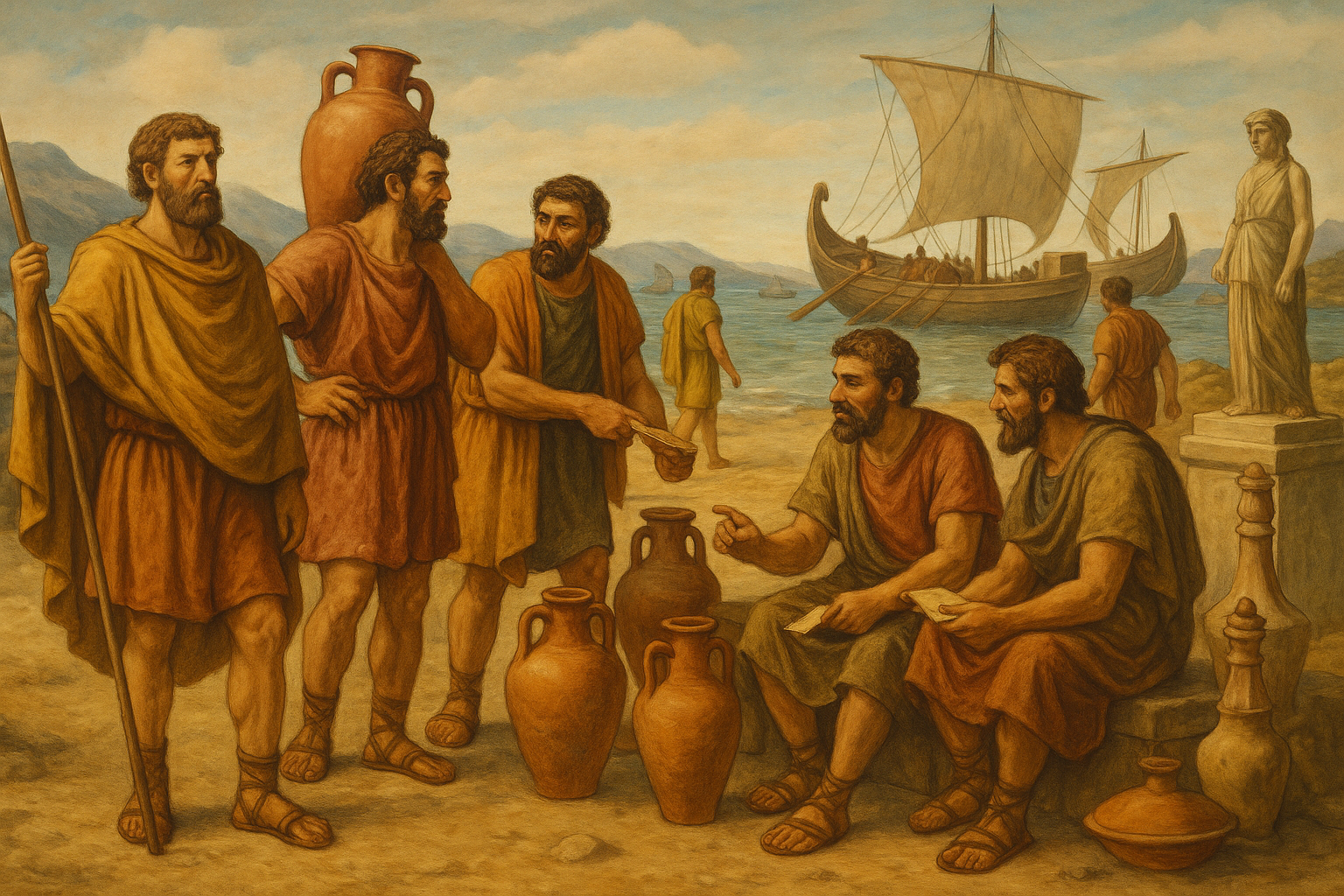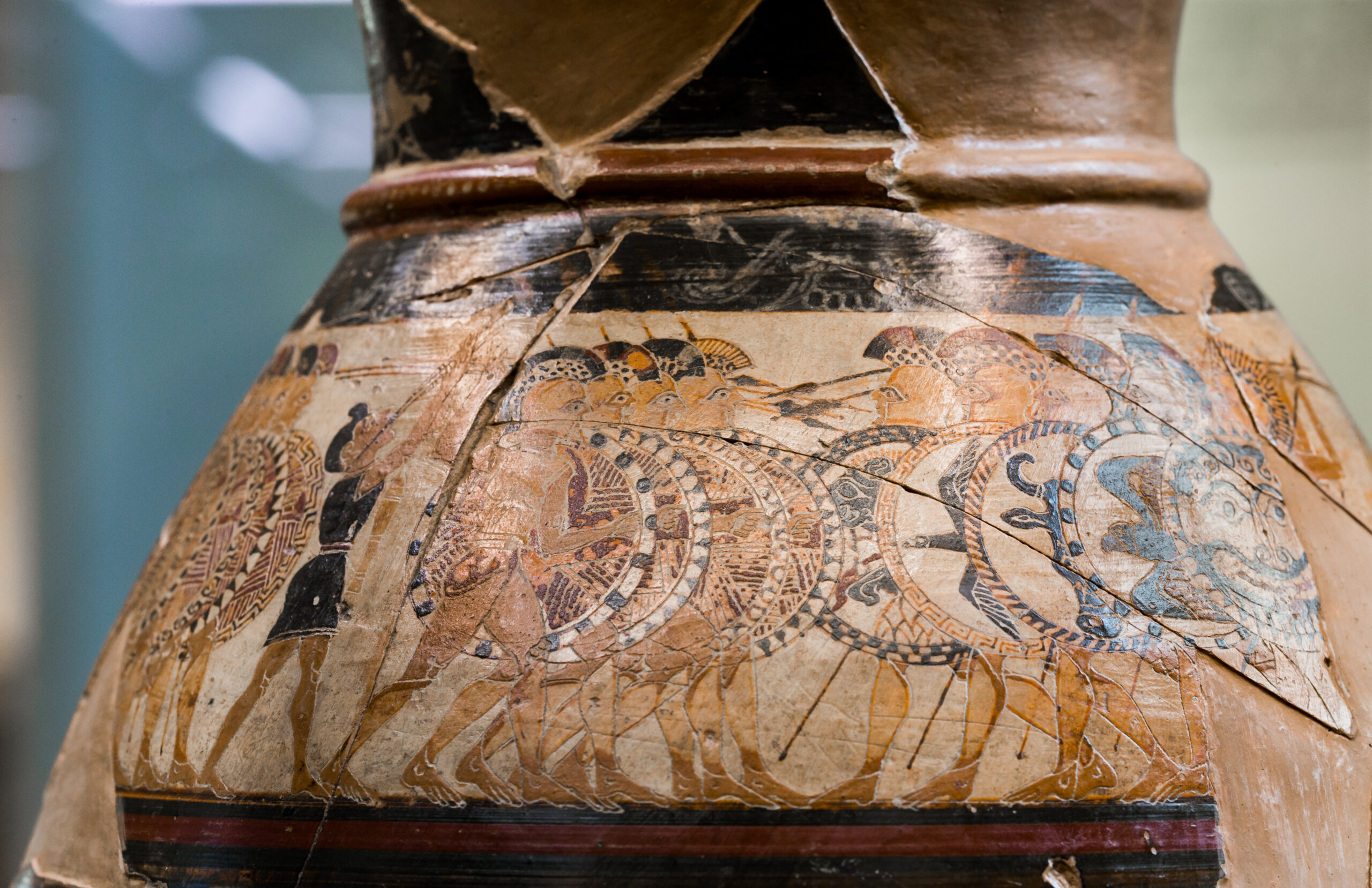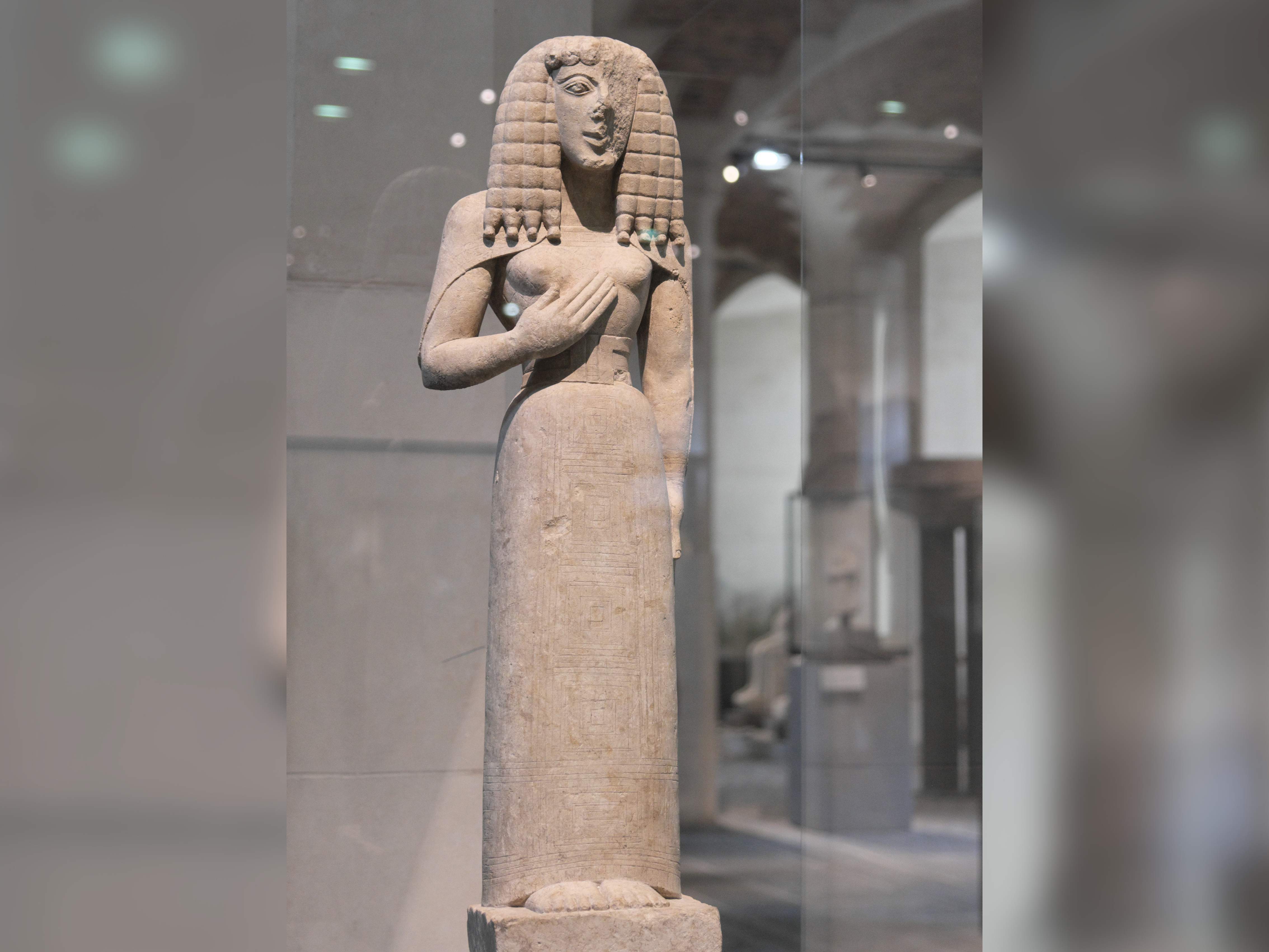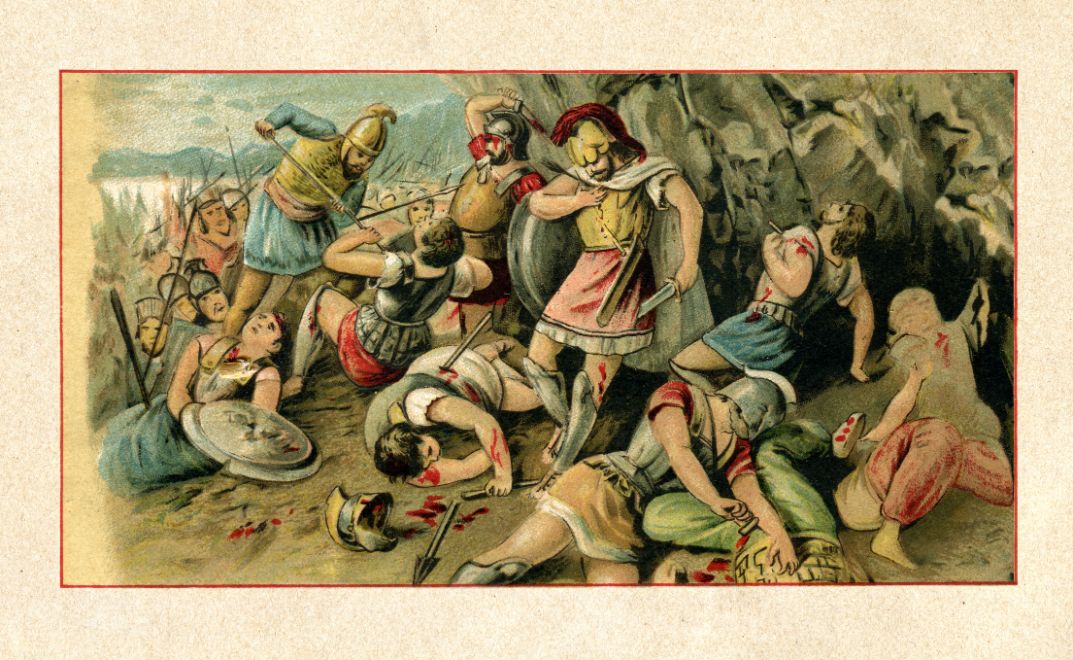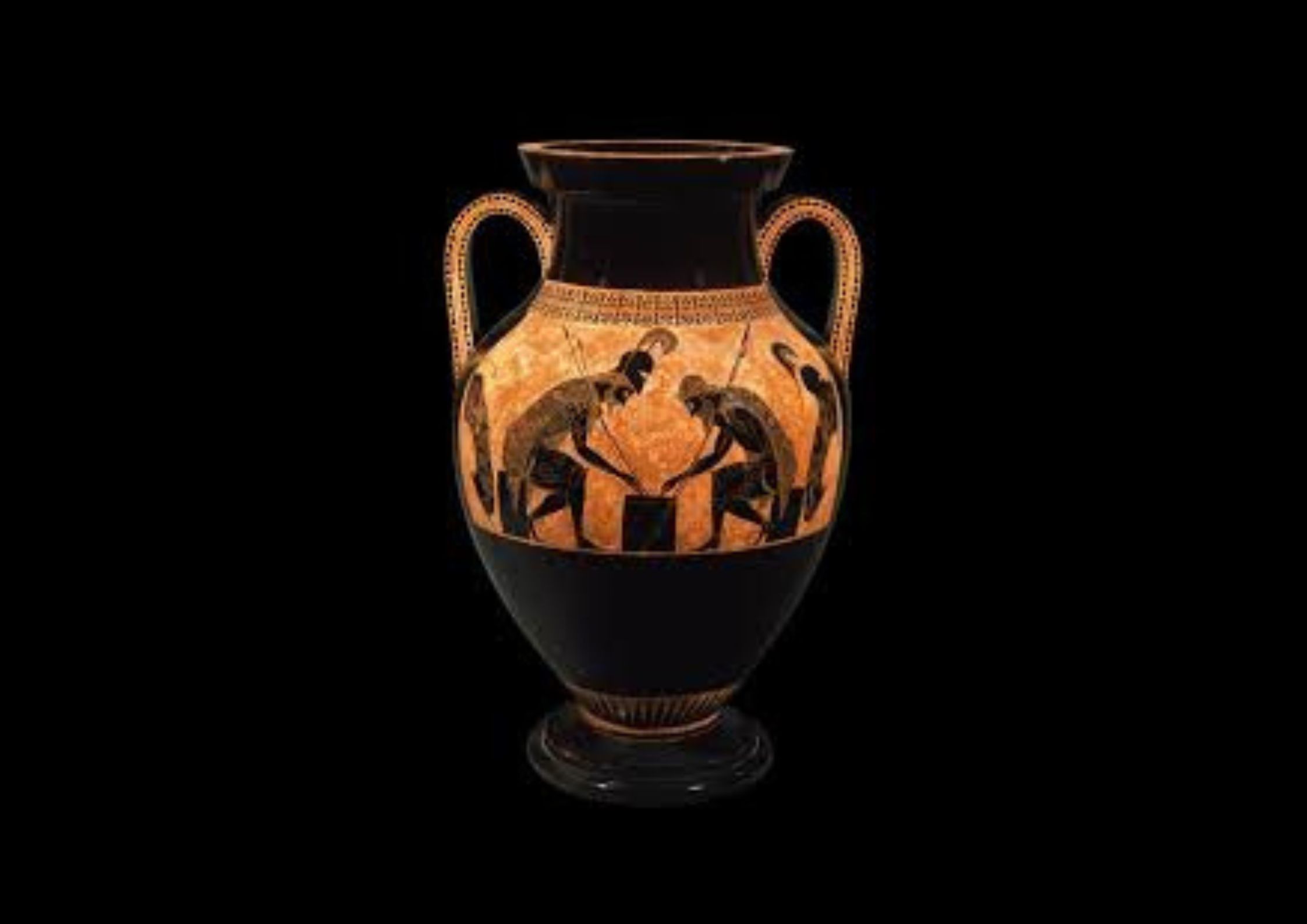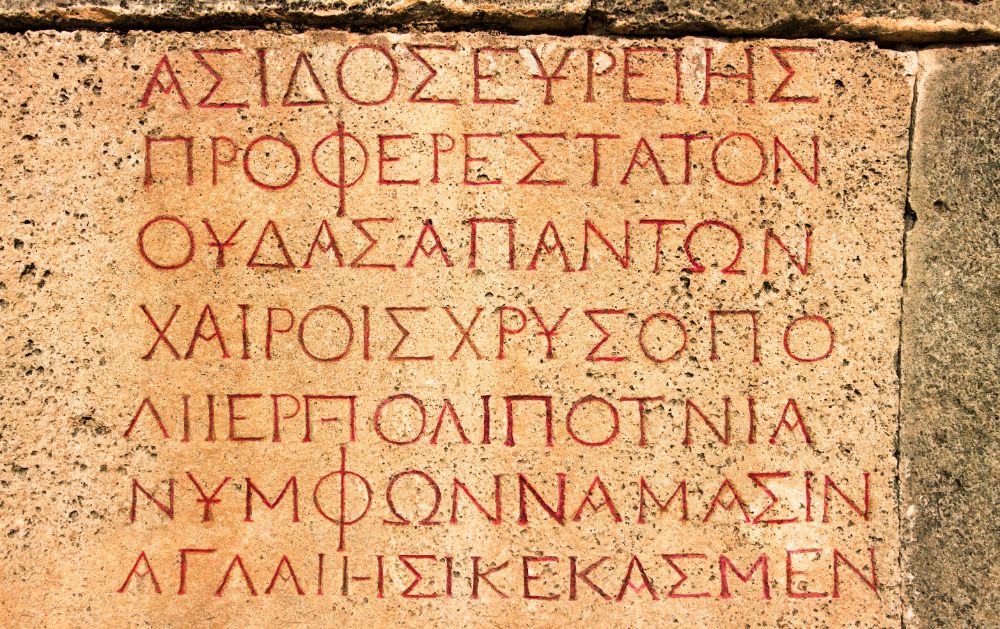Origins and Mediterranean Spread
The Greek alphabet, one of the most influential writing systems in human history, was developed around the 8th century BC. Rooted in the Phoenician script, which used only consonants, the Greek version introduced a revolutionary change: the addition of vowels. This innovation, likely influenced by the earlier Linear B syllabary, made the script more accurate for representing spoken Greek and significantly enhanced the clarity and utility of written communication.
Initially, the Greek alphabet was not uniform. Regional variants—or alphabetic dialects—developed across different city-states and colonies. Key versions included the Attic alphabet (used in Athens), the Ionic alphabet (standardized in the 5th century BC and later adopted as the official script of all Greece), the Doric (in places like Sparta and Crete), and the Aeolic (in regions such as Lesbos and Thessaly). These variants featured small differences in letter shapes and usage but shared the same basic structure.
The first known inscriptions in the Greek alphabet date back to around 740–720 BC. A famous example is the Dipylon Inscription, carved into a ceramic wine krater, which served as a grave marker. Early inscriptions were written right to left, a practice inherited from Semitic scripts, but by the 5th century BC, the direction had shifted to left to right, which became the standard.
As Greek city-states expanded through trade and colonization, the alphabet spread throughout the Mediterranean and Black Sea regions. It accompanied merchants, settlers, and political administrators into areas such as Sicily, Southern Italy, Cyprus, the coast of Asia Minor, and parts of North Africa and the Levant. This diffusion not only carried the script itself but also Greek culture, law, religion, and commerce.
The Greek alphabet’s influence extended far beyond Greece. It provided the foundation for the Etruscan alphabet, which in turn shaped the Latin alphabet—the script used for many modern Western languages. The Coptic alphabet emerged around the 3rd century CE for Christian Egyptians, and in the 9th century, Saints Cyril and Methodius developed the Cyrillic script (used in many Slavic languages) based on Greek characters.
The alphabet’s legacy is profound. It enabled the recording of seminal texts in literature, science, and philosophy—from Homer and Herodotus to Plato and Aristotle. It also ensured the preservation and transmission of Greek cultural identity across centuries. The modern Greek alphabet remains a direct descendant of this ancient innovation, a testament to its resilience and adaptability.
In essence, the Greek alphabet was more than a writing system—it was a tool of cultural transformation that shaped the intellectual heritage of the Western world.



